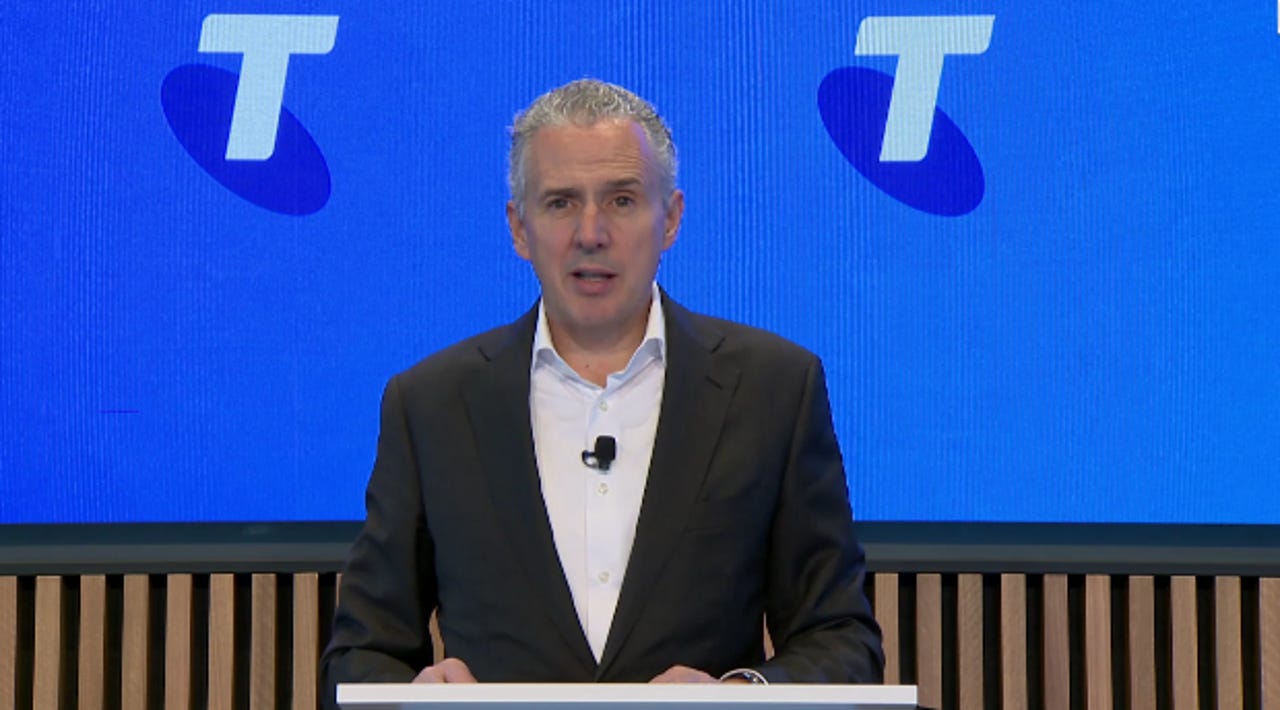Telstra to restructure into fixed, tower, and service entities


Telstra announced on Thursday it would look to restructure itself across the coming year, splitting itself into an InfraCo Fixed business that would own and operate passive fixed infrastructure such as ducts, fibre, data centres, subsea cables, and exchanges; an InfraCo Tower business that would own and operate passive tower assets; and ServeCo that would remain as the bulk of Telstra, owning its retail business, active electronics and radio access network, spectrum, as well as offering services and products to customers.
"The proposed restructure is one of the most significant in Telstra's history and the largest corporate change since privatisation. It will unlock value in the company, improve the returns from the company's assets and create further optionality for the future," CEO Andy Penn said.
InfraCo was created in 2018 when the company began its T22 program, and initally did not include towers.
"With Telstra InfraCo now a fully operational stand-alone business unit and the NBN rollout effectively complete, now is the time to take the next step in realising our T22 ambitions, including monetisation of our infrastructure assets where appropriate," Penn said.
"We have created a set of key principles for the intercompany agreements between InfraCo and ServeCo that supports strong and sustainable earnings for both entities. These agreements are designed to maximise value for Telstra shareholders."
During 2021, Telstra said it intended to seek investment from third parties in InfraCo Towers, with the business having a book value of AU$300 million, as well as having 5,570 mobile towers and 2,630 non-mobile towers under its control.
Within InfraCo Fixed, Telstra said it would have individual companies for exchanges, data centres, fibre, ducts, and subsea cables.
FibreCo would have 250,000kms of fibre on its book, with a value of AU$2.6 billion. Its network is capable of reaching around 130,000 business locations and has an extra 700,000 within 180 metres of its reach.
Under the exchange and infrastructure label, which would include ExchangeCo, DataCentreCo, and DuctCo, there will be AU$7.2 billion in assets, including two data centres, 10,000 exchanges and fixed network sites, and 370,000kms of ducts. Telstra said 1,500 of its exchanges are suitable for external tenants.
Together, the InfraCo Fixed and Tower segments would be responsible for AU$2.6 billion in revenue, and have earnings before interest, tax, depreciation, and amortisation (EBITDA) of AU$1.7 billion. By comparison, ServeCo would have revenue of AU$24.9 billion and EBITDA of AU$6.7 billion.
Penn also said on Thursday that Telstra was "exploring the opportunity" to enter the energy market, and was applying for the necessary licences.
"We already underwrite projects that generate enough renewable energy to power about 100,000 homes. And we provide standby power that enables more renewable energy to be absorbed into the energy grid. We deploy machine learning and IoT to change the way that we use energy. We also have a very experienced energy team," Penn said.
"All of these things help us affordably access more renewable energy. And we also help some of our large customers do the same.
"We are exploring bringing this experience to the table with a consumer offer leveraging our strong in home position with our customers, the investments we have made in the digitisation of our customer systems and our Telstra Plus loyalty program. We plan to do so with a simple affordable solution at a low cost for us."
In July, Telstra announced it was certified as carbon neutral, and has previously invested in solar farms and wind farms.
Telstra said on Thursday it had over 400,000 5G devices on its network.